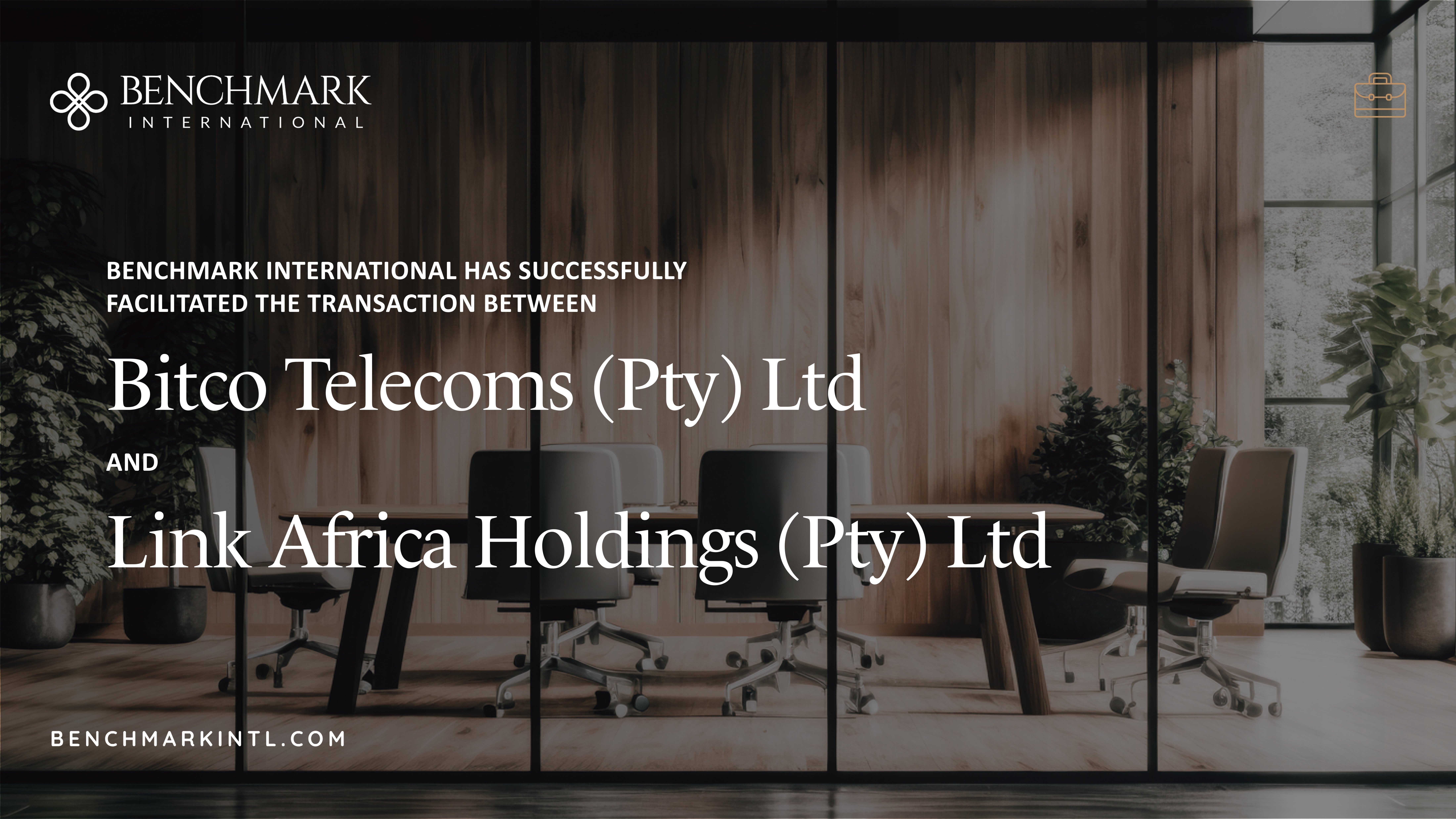
Share this:
Tags:
Benchmark International,
Better Management,
Deal Making,
Google,
Growth Capital,
India,
mergers,
Microsoft,
Motorola,
Nokia,
Providing Growth Capital,
Sharing Valuable Capabilities,
Transferring Valuable Skills,
Acquisitions,
Blog,
Harvard Business Review,
M&A,
management,
Mergers and Acquisitions,
Private Equity,
Providing Better Management,
Strategic Direction,
Strategic Discipline,
Strategic Dynamics
 Benchmark International
Benchmark International  Benchmark International
Benchmark International 




